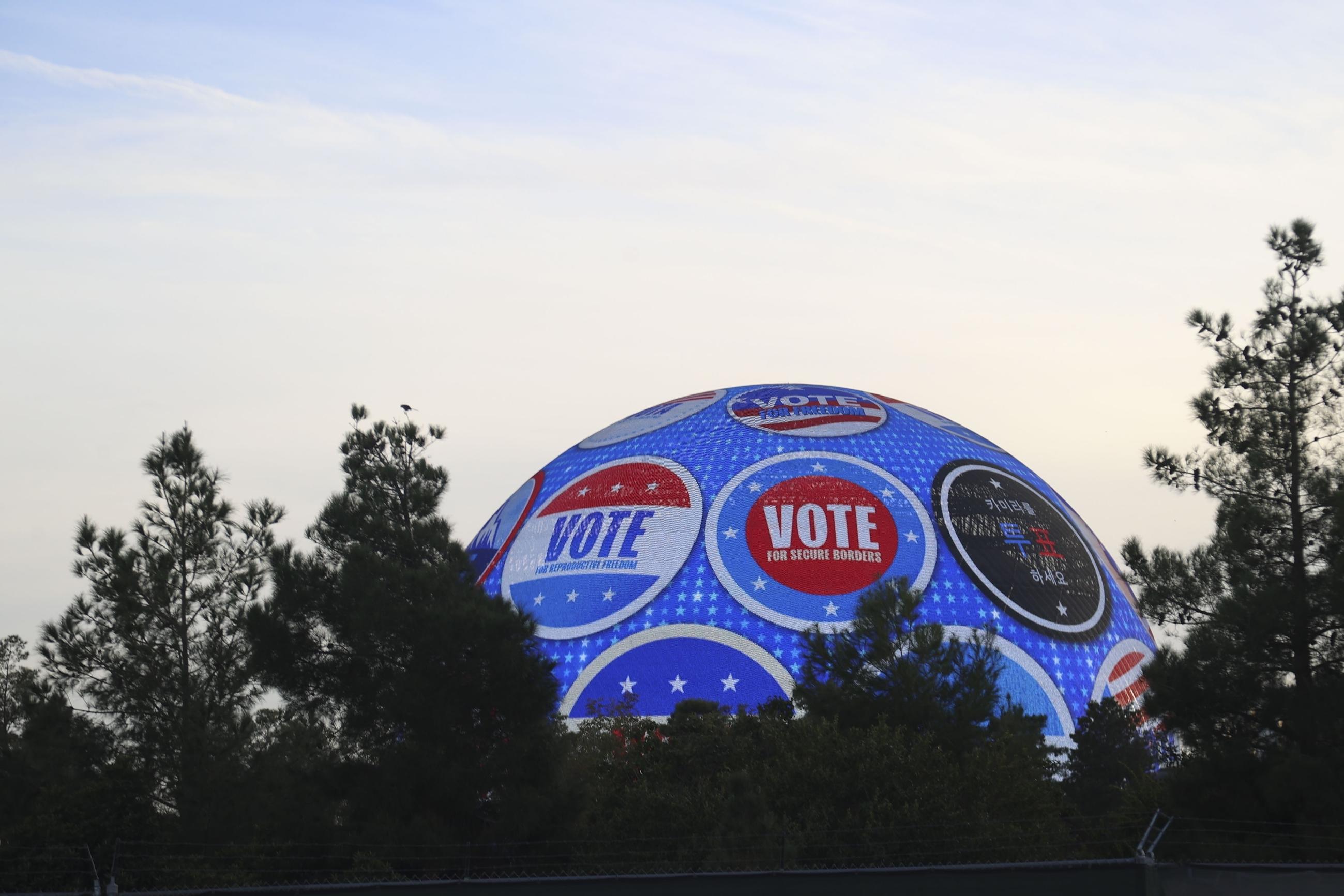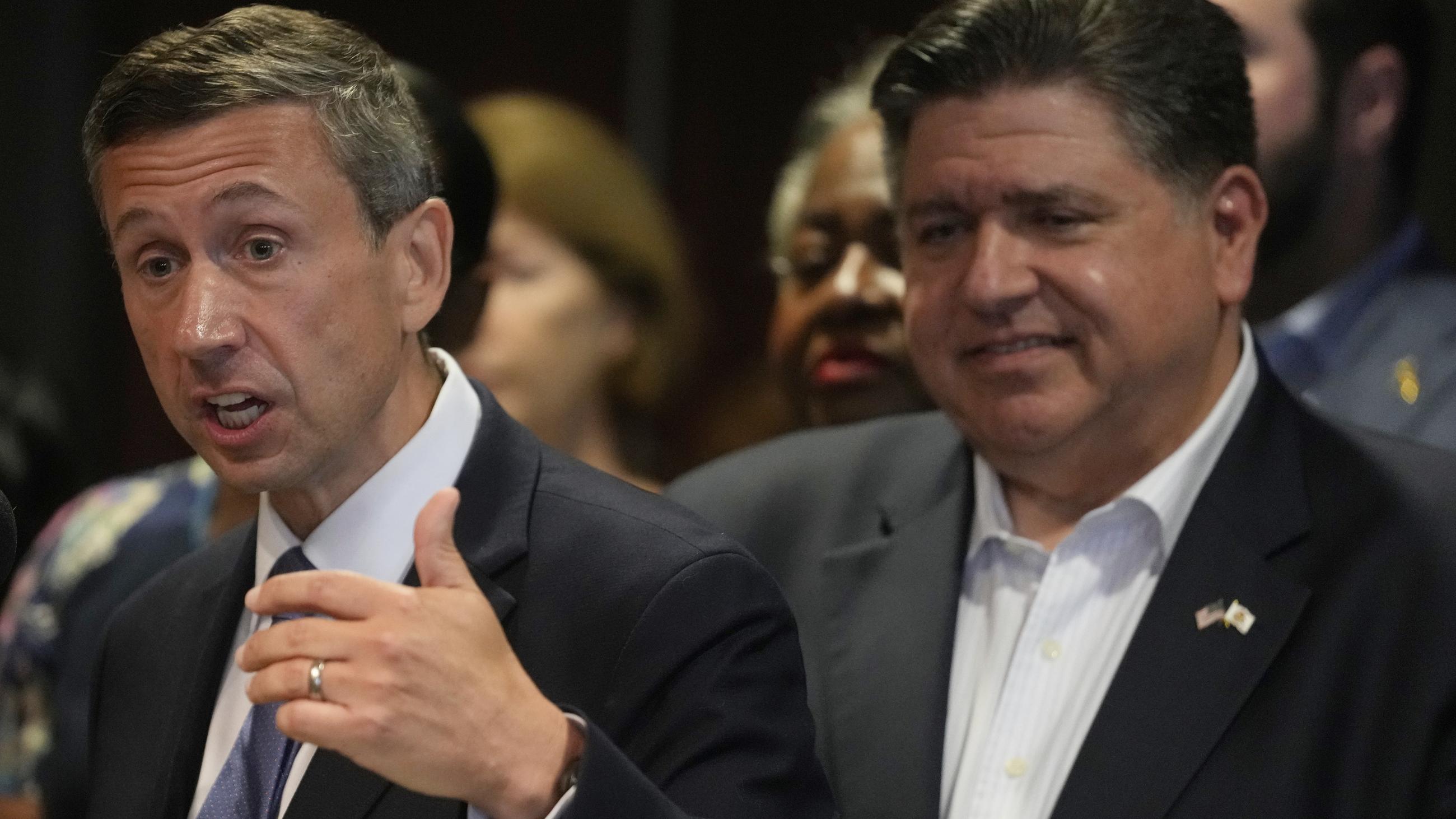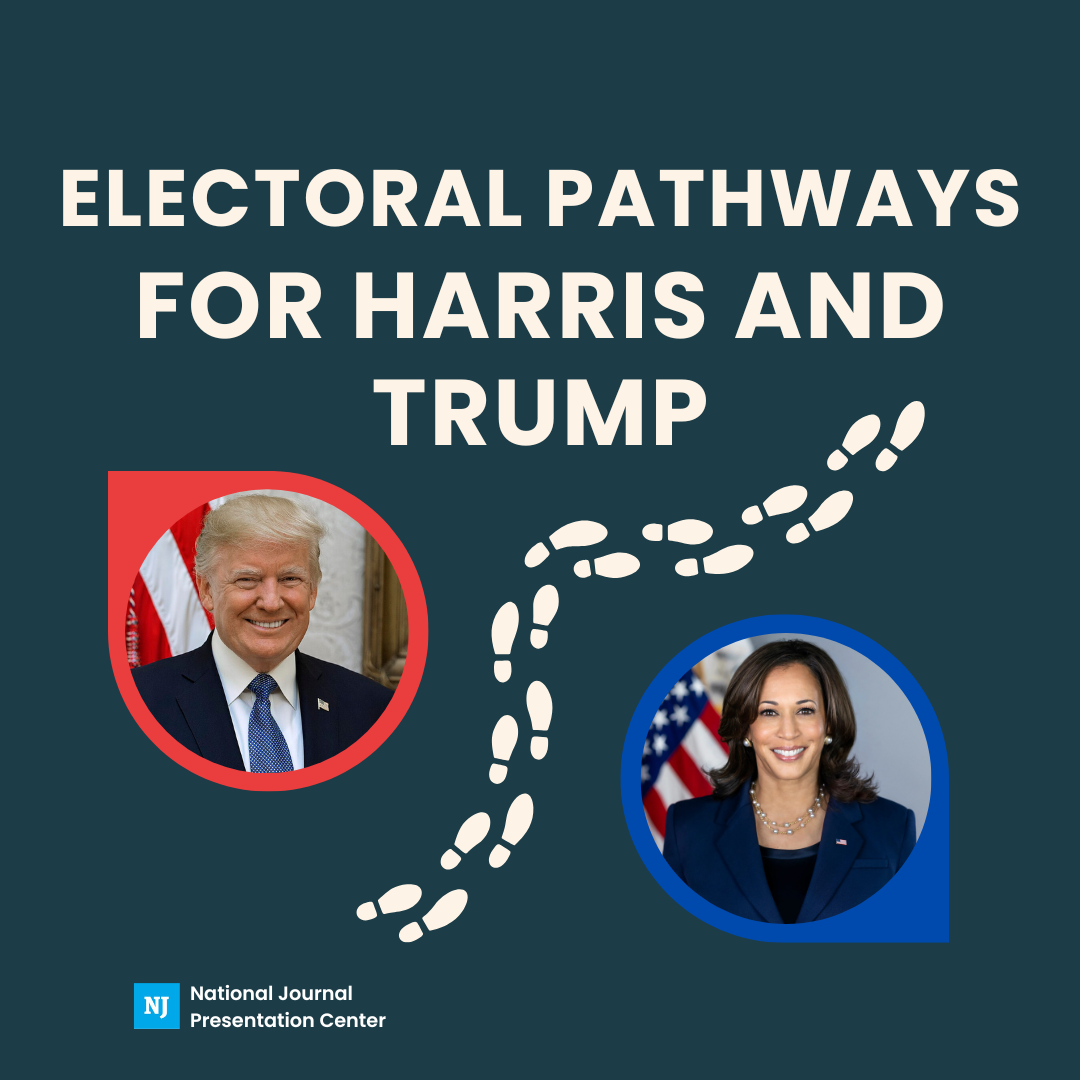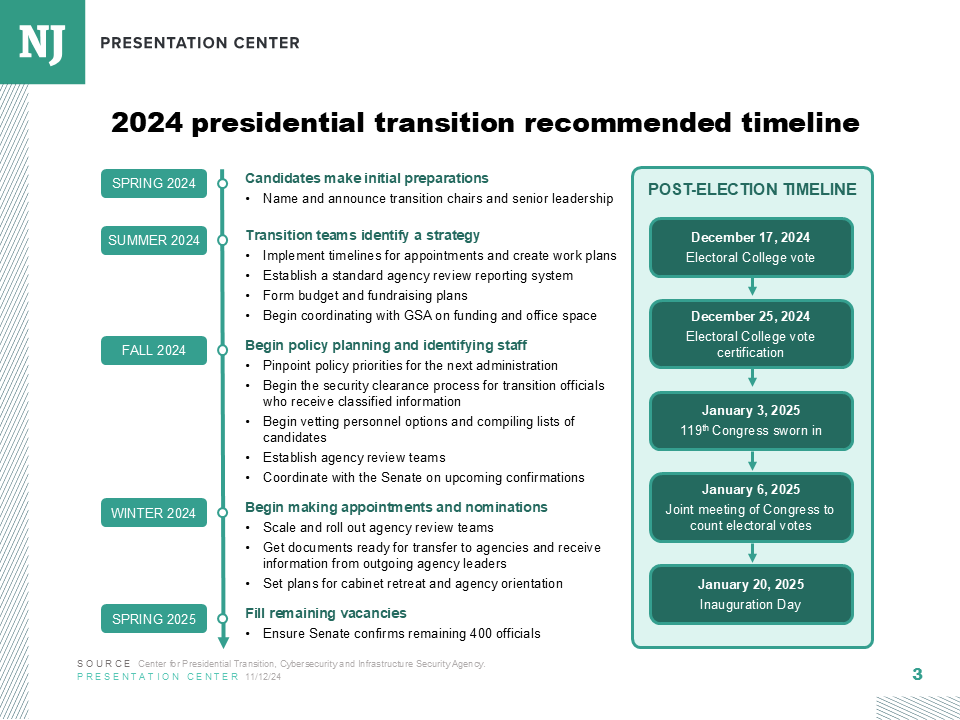Republicans have eclipsed Democrats in voter registration numbers over the last decade.
On paper, this is a boon for Republicans and a critical warning sign for Democrats. In reality, neither party may be entirely responsible for the shift, and it may be less consequential than it seems. Automatic voter registration boosts the number of registered voters not affiliated with any party—increasing the number of independent voters.
Between 2020 and 2024, 10 states implemented automatic voter registration programs, including battlegrounds Pennsylvania and Nevada. In many places, the share of unaffiliated voters increased following the implementation.
In Colorado, for example, independents, third-party voters, and unaffiliated voters made up about 36.5 percent of the electorate in 2016. After the state implemented automatic voter registration in 2017, the share of independents rose to 42.9 percent in 2020 and 50.8 percent in 2024.
While automatic voter registration boosts the number of people who are eligible to vote, the process is impersonal (by nature of being automatic), and those registered may not have information about parties or elections.
“You’re putting a bunch of people on the rolls who maybe don’t even know they’re registered, and in many cases don’t have a history with voting, haven’t thought about getting registered to vote,” said Eric McGhee, senior fellow at the Public Policy Institute of California.
The National Voter Registration Act of 1993 required Departments of Motor Vehicles to allow citizens to register to vote while obtaining a driver’s license. In response, many states have implemented opt-out systems, registering everyone who files paperwork with the DMV unless they say they don’t want to. Some states also tie voter registration to health-department applications or other government processes.
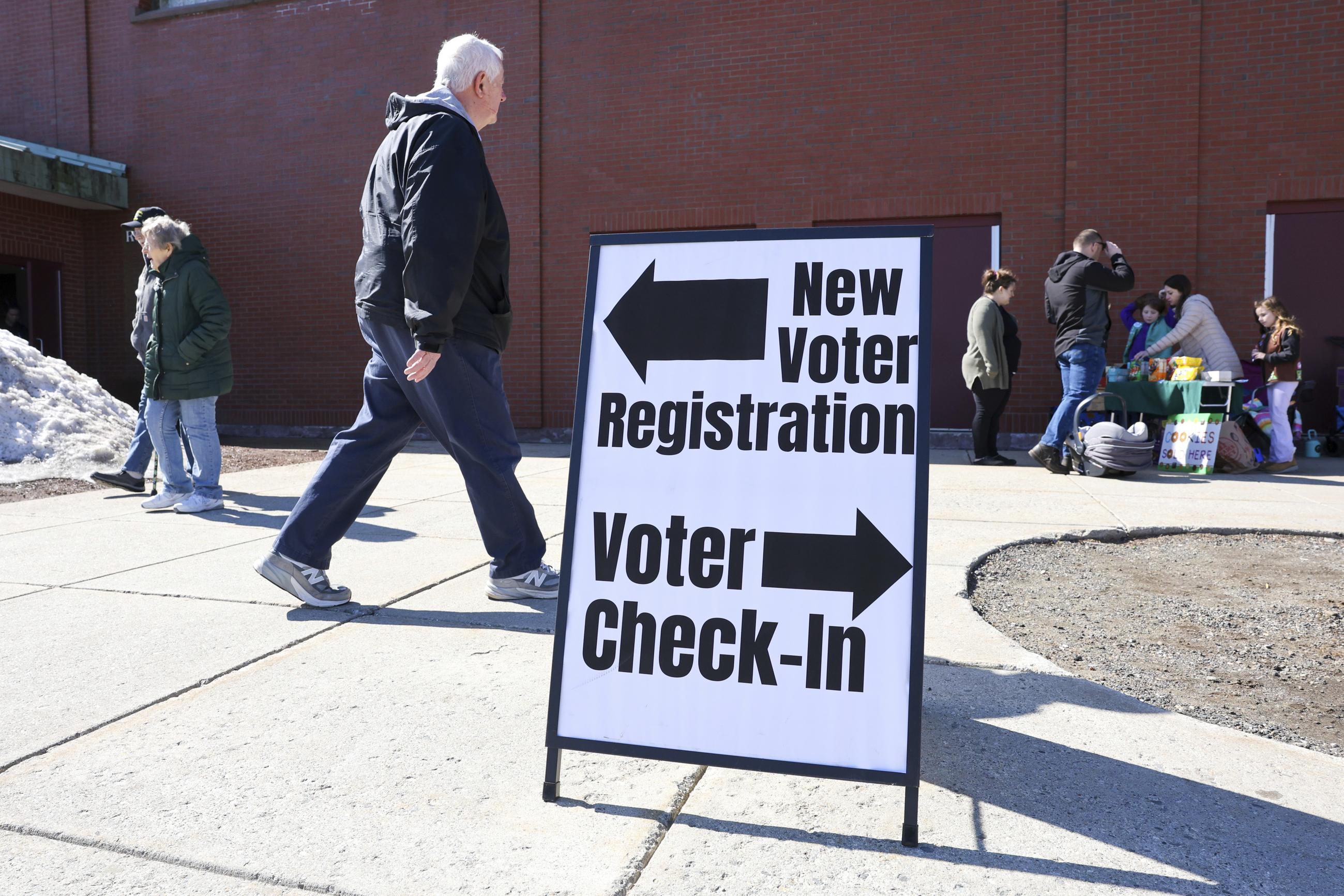
Scholars and outreach advocates argue that DMV-based voter registration doesn’t reach everyone: Not everyone drives, and people often move within a state, changing the congressional district they live in but not immediately requiring another trip to the DMV.
Voter-advocacy groups targeting communities that are often not reached—including voters of color, immigrants, and young people—argue that newly registered voters often lose an opportunity to learn how the system works when the registration happens automatically through a government agency.
“People whose lives are very busy and very complicated need help from outside groups to easily navigate the system and be reminded: Do they need an ID? Do they need to register at their new address? What is the date of the election?” Tom Lopach, CEO of the Voter Participation Center, told National Journal.
Twenty-three states have same-day voter registration, but in those that don’t, voters must register prior to the election. Kadida Kenner, founding CEO of the New Pennsylvania Project, believes implementing same-day registration or open primaries would help to mitigate confusion for new voters trying to participate.
“If you don’t have that knowledge, and you show up to the polls in May thinking you’re registered to vote for an election, only to find out that you’re going to be turned away because you didn’t choose a political party, then you may lose a voter for life who was just turned off by the system at that point,” Kenner said.
Georgia, Hawaii, Michigan, Minnesota, Vermont, and Virginia all have automatic voter registration programs and open primaries.
“Each state needs to be handled differently and different programs implemented with different levels of strength, depending on the state, their population, and their needs,” Lopach said.
In the 2024 election, Democrats received less than 50-percent support from new voters, according to after-action reports.
Nationally, automatic voter registration helps to register voters of color and young people, who historically have been less likely to be registered to vote. Among those who did vote, both groups swung toward President Trump in 2024.
In a Pew Research survey cataloging data from 2023, about half of young voters said they were independent or part of something other than the Democratic and Republican parties, compared to about two in 10 older voters.
But voter registration is just the first step to voter participation. Adding new voters to the rolls puts them on the radar of voter-outreach groups, who can in turn give them more information about how to vote in a specific area.
“The great thing about automatic voter registration is that it gets eligible Americans on the voter rolls,” Lopach said. “So then groups can follow up and help to turn out voters, and that can increase voter turnout.”

